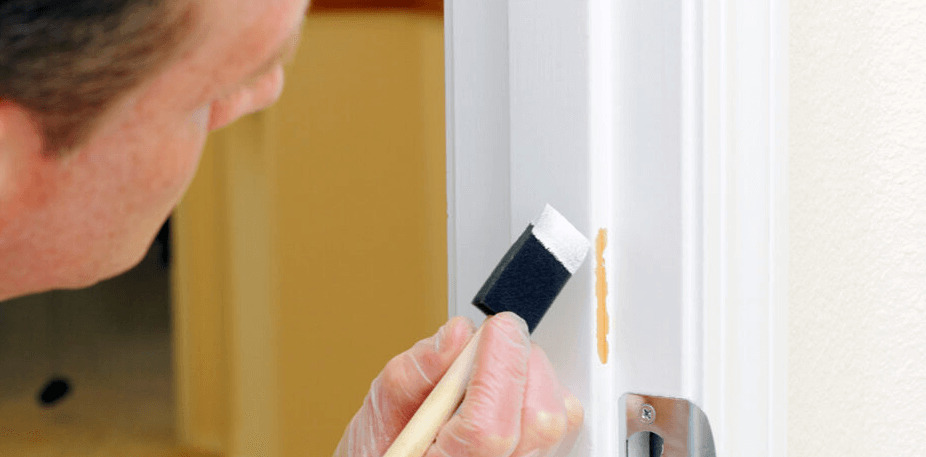Common Home Repairs: Touching Up Paint

Touching Up Paint
Difficulty: (Easy)
Time Needed: (15-30 minutes for small areas, longer for larger areas)
Scuffed or chipped paint can make a room look worn. Touching up paint is a simple task that can refresh the look of your space. Here's a detailed guide to touching up paint:
Tools Needed:
- Touch-up paint
- Paintbrush
- Sandpaper (medium and fine grit for larger areas)
- Primer (for larger areas)
- Painter’s tape (optional)
- Clean cloth or sponge
Steps for Small Areas:
Prepare the Area:
- Clean the area to be touched up with a damp cloth or sponge to remove any dirt, dust, or grease.
- Let the area dry completely.
- Match the Paint:
- Ensure you have the correct color of touch-up paint. If you don’t have leftover paint from the original job, take a paint chip to a paint store for a color match.
Apply the Paint:
- Use a small brush to apply the touch-up paint to the scuffed or chipped area. Apply the paint in thin layers, feathering the edges to blend with the surrounding area.
- Allow the paint to dry between coats if multiple coats are necessary.
Steps for Larger Areas:
Prepare the Area:
- Clean the area with a damp cloth or sponge to remove any dirt or dust.
- Use painter’s tape to mask off any areas you don’t want to paint.
Sand the Area:
- Use medium-grit sandpaper to smooth the damaged area and remove any loose paint.
- Follow with fine-grit sandpaper for a smoother finish. Wipe away dust with a clean cloth.
Apply Primer:
- If the area is large or the damage goes down to bare drywall, apply a primer to the sanded area. This will help the new paint adhere better and provide a uniform surface.
Apply the Paint:
- Once the primer is dry, apply the touch-up paint using a brush or small roller. Apply in thin, even coats, blending the edges with the surrounding area.
- Allow each coat to dry completely before applying additional coats if needed.
Tips:
- Stir the touch-up paint thoroughly before use to ensure the color is consistent.
- For best results, use the same type of paint finish (e.g., matte, eggshell, semi-gloss) as the original paint.
- Test the touch-up paint on a small, inconspicuous area first to ensure it matches perfectly.
By following these detailed steps, you can effectively touch up paint and maintain the fresh, clean look of your walls. Regular touch-ups can keep your home looking well-maintained and beautiful.
